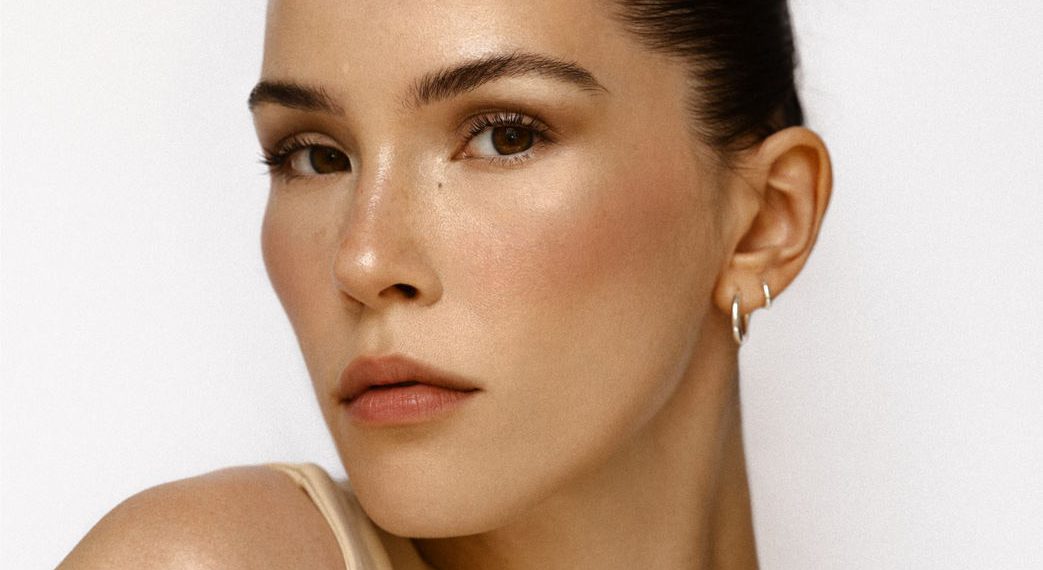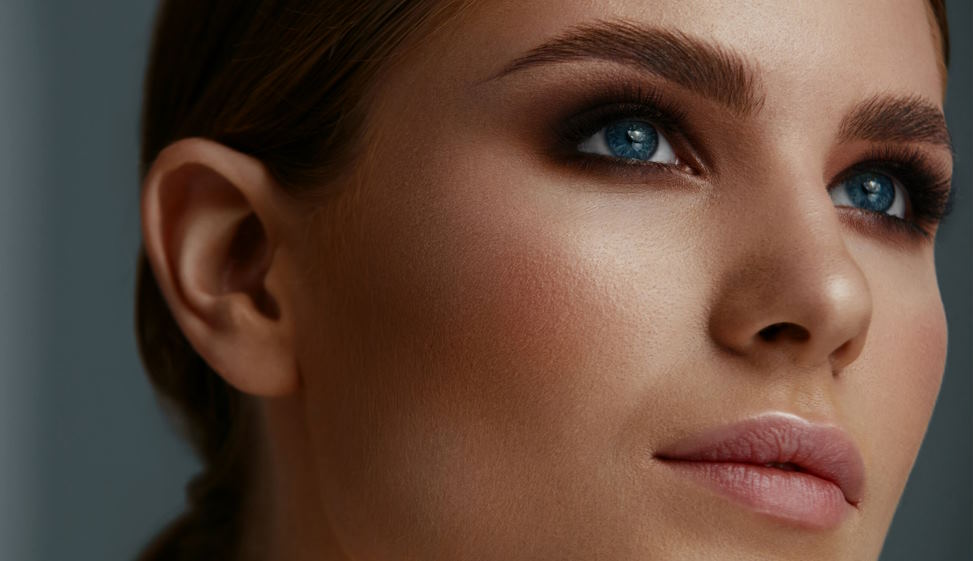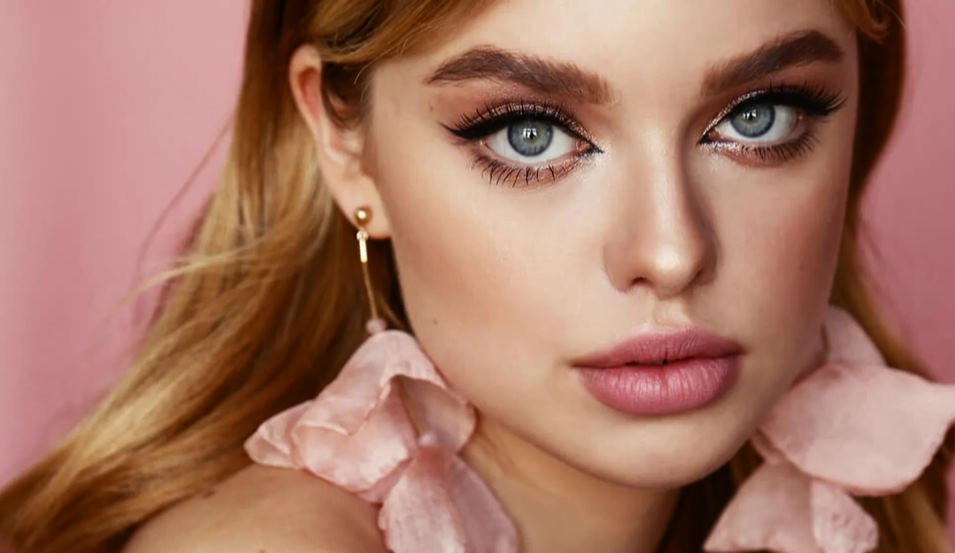The Art of Blending: How to Achieve Seamless Eye Shadow Looks

One of the most exciting aspects of makeup is the ability to transform your appearance with just a few strokes of a brush. One of the essential techniques in makeup is blending, especially when it comes to eyeshadows. A well-blended eyeshadow look can transform your eyes and create a stunning effect that complements your entire look. However, mastering the art of blending can be daunting, even for makeup enthusiasts. In this blog post, we will explore the art of blending and provide you with tips and tricks to achieve seamless eyeshadow looks. So grab your brushes, sit back, and let’s dive into the world of blending!
Choosing the Right Eye Shadow Formula
When it comes to eye shadow, there are a variety of formulas to choose from. Each formula has its own unique set of pros and cons, and selecting the right one for your desired look can make all the difference. In this section, we’ll take a closer look at the different types of eye shadow formulas, their advantages and disadvantages, and tips for selecting the right one.
Powder Eye Shadow
Powder eye shadow is the most common type of eye shadow and is available in a wide range of colors and finishes. It’s easy to apply, blendable, and works well for most skin types. It also tends to have a longer wear time than other formulas, making it a popular choice for all-day wear.
Pros:
- Wide range of colors and finishes available
- Easy to apply and blend
- Long-lasting
Cons:
- Can be messy during application
- Not suitable for those with dry or sensitive skin
Tips:
- Use a primer to help the powder adhere to your lids
- For a more intense color payoff, dampen your brush before applying
- Tap off excess product before applying to minimize fallout
Cream Eye Shadow
Cream eye shadow has a thicker consistency than powder eye shadow and is usually applied with a brush or your fingertips. It creates bold, pigmented looks and is ideal for dry or mature skin.
Pros:
- Bold, pigmented color payoff
- Smooth application
- Suitable for those with dry or mature skin
Cons:
- Can crease or smudge more easily
- May require touch-ups throughout the day
Tips:
- Apply with a brush or fingertips
- Use a primer to help prevent creasing
- Set with a powder eye shadow in a similar shade to help prevent smudging
Liquid Eye Shadow
Liquid eye shadow has a watery consistency and is applied with a wand or doe-foot applicator. It’s great for creating a glossy, high-shine look and is ideal for those with oily skin.
Pros:
- High-shine, glossy finish
- Long-wearing
- Suitable for those with oily skin
Cons:
- Can be difficult to control during application
- May require multiple coats for desired color payoff
Tips:
- Apply a thin layer and allow it to dry before applying additional layers
- Use a primer to help prevent smudging or creasing
- Avoid applying too much product at once to minimize the risk of creasing or smudging
Choosing the right eye shadow formula for your desired look can be a game-changer. Consider your skin type and the occasion when making your selection. Remember to experiment and have fun with different formulas and finishes to find the perfect fit for your personal style.
Makeup Blending: Techniques and Tips for a Flawless Look
Blending is one of the most important steps in achieving a seamless eye shadow look. It’s the key to smooth transitions between colors and avoiding harsh lines. This section will discuss the importance of blending and various blending techniques to help you achieve a flawless finish.
Importance of Blending
Blending is crucial in creating a seamless eye shadow look. Without blending, eye shadow can appear patchy, muddy, or harsh. Blending creates a smooth transition between colors, making the final look more polished and put together. It’s the secret to achieving a professional-looking eye makeup application.
Blending Techniques
There are several blending techniques to choose from, depending on your eye shape, the colors you’re using, and the desired look. Here are some of the most popular techniques:
Circular Blending
Circular blending involves making small circular motions with your brush or blending sponge. This technique is great for blending multiple colors together and creating a seamless gradient effect.
Windshield Wiper Blending
Windshield wiper blending involves making back-and-forth motions with your brush or blending sponge. This technique is ideal for blending out harsh lines and creating a soft, diffused effect.
Tapping Blending
Tapping blending involves lightly tapping your brush or blending sponge over your eye shadow to blend it out. This technique is great for creating a sheer wash of color and blending out harsh lines.
Tips on Achieving a Seamless Blend
Now that you know some popular blending techniques, here are some tips to help you achieve a seamless blend:
Use the Right Tools
Invest in good quality blending brushes or sponges. The right tools can make all the difference in achieving a seamless blend.
Start with a Light Hand
It’s easier to add more color than it is to take it away. So start with a light hand and gradually build up the color until you achieve your desired look.
Blend in Layers
To create a seamless blend, it’s important to blend in layers. Start with a light layer and gradually build up the color, blending as you go.
Use a Clean Brush
Using a clean brush for blending ensures that you’re not adding any excess product to your eye shadow look. It also helps prevent muddiness or patchiness.
Blending is a crucial step in achieving a seamless eye shadow look. Experiment with different blending techniques and find the one that works best for you. With the right tools and techniques, you can always achieve a professional-looking eye makeup application.

Essential Tools for Perfectly Blended Makeup
Blending brushes and sponges are essential tools in achieving a seamless eye shadow look. In this section, we’ll provide an overview of different types of blending tools, recommend tools for different eye shapes and desired looks, and share tips for cleaning and caring for your blending tools.
Types of Blending Tools
- Fluffy blending Brushes: Fluffy blending brushes are the most commonly used brushes for blending eye shadow. They are soft, fluffy, and dome-shaped, allowing you to easily blend out harsh lines and create a seamless transition between colors.
- Tapered blending Brushes: Tapered blending brushes are similar to fluffy blending brushes but have a slightly pointed tip. They are perfect for blending eye shadow into the crease or outer corner of the eye.
- Dense blending Brushes: Dense blending brushes are ideal for packing on color and blending out harsh lines. They are great for creating a more dramatic eye makeup look.
- Blending Sponges: Blending sponges are an excellent alternative to brushes. They are perfect for blending cream or liquid eye shadow and can also be used to blend out powder eye shadow for a more diffused look.
Recommended Tools for Different Eye Shapes and Desired Looks
- Almond Eyes: Fluffy and tapered brushes are perfect for almond-shaped eyes. Use them to create a seamless transition between colors and blend out harsh lines.
- Hooded Eyes: Dense blending brushes are ideal for hooded eyes. They allow you to pack on color and create a more defined crease.
- Round Eyes: Fluffy blending brushes and blending sponges are great for round eyes. They help create a more elongated and defined eye shape.
- Dramatic Looks: Dense blending brushes are perfect for creating a more dramatic eye makeup look. They allow you to pack on color and blend out harsh lines for a more intense finish.
Cleaning and Caring for Your Blending Tools
Cleaning and caring for your blending tools is essential to ensure they last a long time and remain in good condition. Here are some tips for cleaning and caring for your blending tools:
- Clean your brushes and sponges regularly with a gentle brush cleaner or soap and water.
- Let your brushes and sponges air dry completely before using them again.
- Store your brushes and sponges in a clean and dry place.
- Replace your brushes and sponges every 6-12 months, depending on how often you use them.
In conclusion, blending brushes and sponges are essential tools in achieving a seamless eye shadow look. Experiment with different types of blending tools to find the ones that work best for you. Don’t forget to clean and care for your blending tools regularly to ensure they last a long time and remain in good condition.

